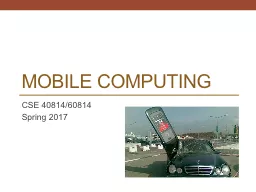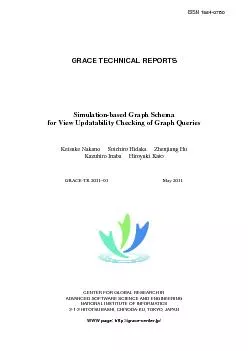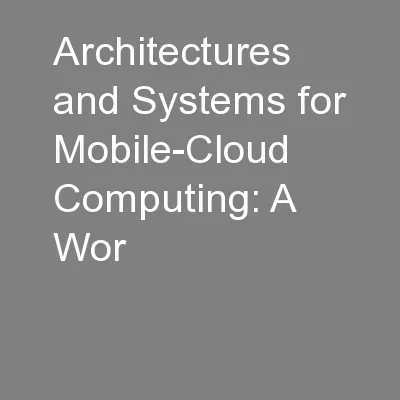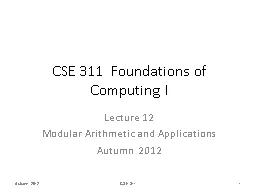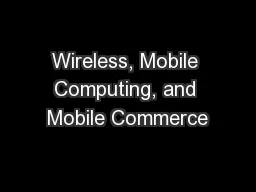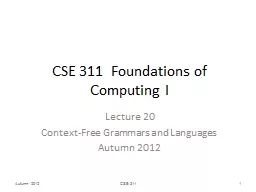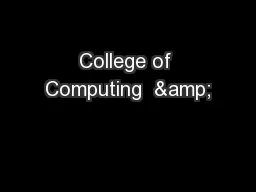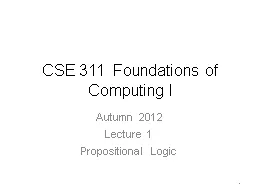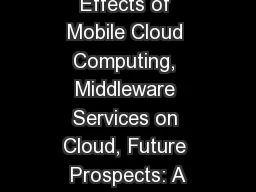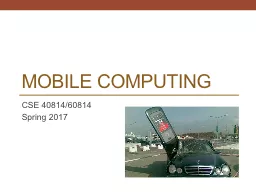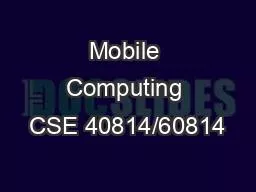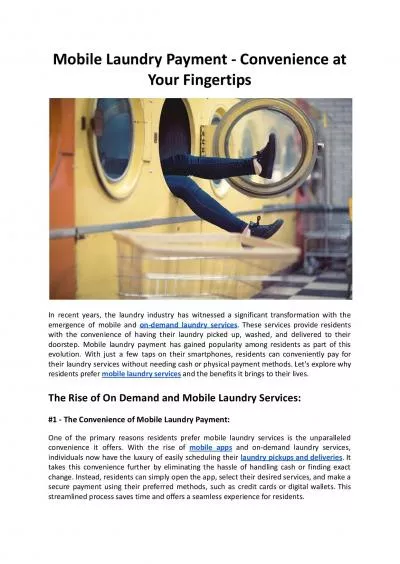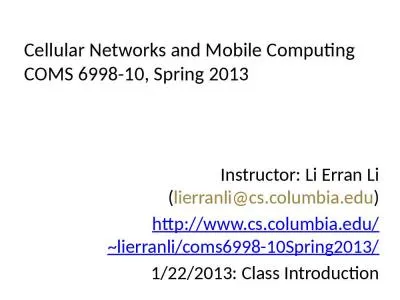PPT-Mobile Computing CSE 40814/60814
Author : magdactio | Published Date : 2020-06-17
Spring 2017 System Structure System explicit input explicit output Context as Implicit Input ContextAware System explicit input explicit output Context state of
Presentation Embed Code
Download Presentation
Download Presentation The PPT/PDF document "Mobile Computing CSE 40814/60814" is the property of its rightful owner. Permission is granted to download and print the materials on this website for personal, non-commercial use only, and to display it on your personal computer provided you do not modify the materials and that you retain all copyright notices contained in the materials. By downloading content from our website, you accept the terms of this agreement.
Mobile Computing CSE 40814/60814: Transcript
Download Rules Of Document
"Mobile Computing CSE 40814/60814"The content belongs to its owner. You may download and print it for personal use, without modification, and keep all copyright notices. By downloading, you agree to these terms.
Related Documents

